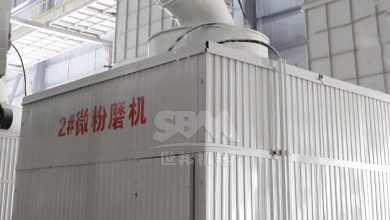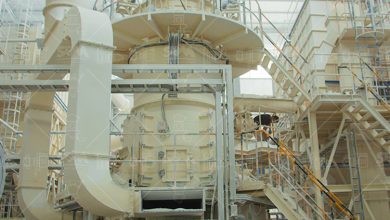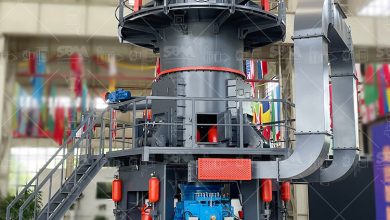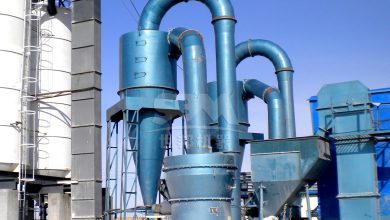Government Incentives and Policies for Energy-Efficient Grinding Mills in Industrial Applications
Government Incentives and Policies for Energy-Efficient Grinding Mills in Industrial Applications
In recent years, governments worldwide have been actively promoting energy-efficient industrial equipment through various incentives and policies. Grinding mills, as critical machinery in mining, cement, and chemical industries, have become a focal point for these initiatives. This article explores current policy frameworks and highlights how ZENITH’s advanced grinding solutions align with global sustainability goals.
1. Global Policy Landscape for Industrial Energy Efficiency
Major economies have implemented comprehensive programs to encourage adoption of energy-saving technologies:
- EU Ecodesign Directive: Mandates minimum energy performance standards for industrial equipment
- China’s Double Carbon Policy: Provides tax benefits for manufacturers using certified energy-saving equipment
- U.S. DOE’s Better Plants Program: Offers technical assistance for industrial energy efficiency upgrades
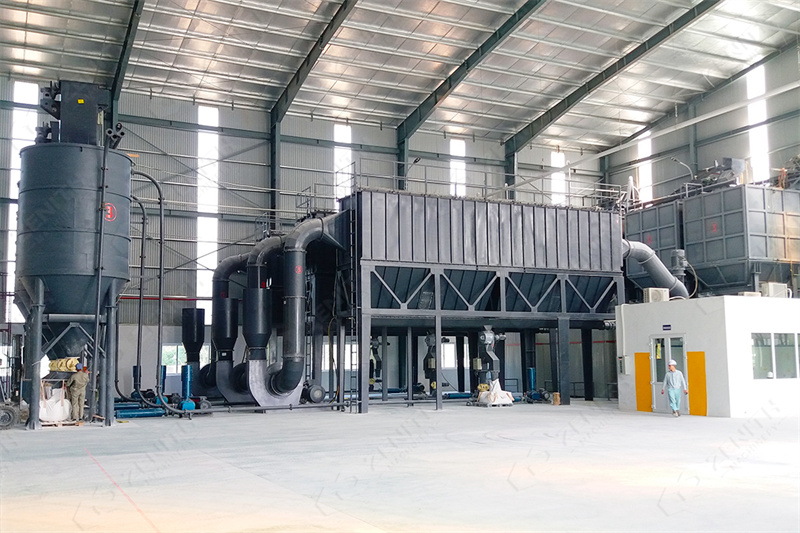
2. Financial Incentives for Grinding Mill Upgrades
Governments typically offer three types of support:
| Incentive Type | Coverage | Typical Value |
|---|---|---|
| Tax Credits | 30-50% of equipment cost | Up to $500,000 |
| Accelerated Depreciation | 100% first-year write-off | Varies by jurisdiction |
| Grants/Rebates | Per-ton CO2 reduction | $50-$200/ton |
3. ZENITH’s Energy-Efficient Solutions
As a leader in grinding technology with 30+ years of experience, ZENITH offers several mills that qualify for energy efficiency incentives:
3.1 XZM Ultrafine Mill (45-5μm)
This cutting-edge system delivers:
- 30% lower energy consumption compared to conventional mills
- Smart control system for automatic particle size adjustment
- Pulse dust collection exceeding international standards
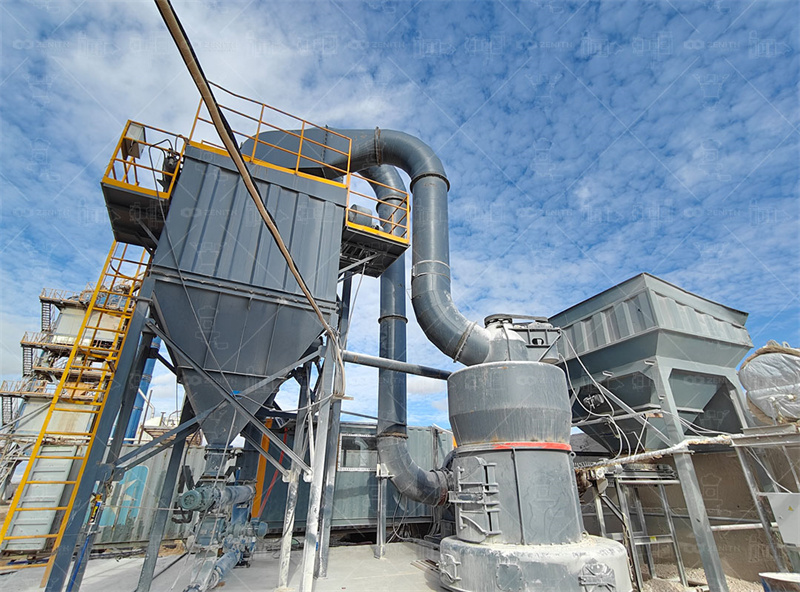
Technical highlights:
- Output fineness: 325-2500 mesh (D97≤5μm)
- Capacity: 0.5-25 ton/h (model dependent)
- Energy saving: 30% reduction vs. jet mills
3.2 MTW Series Trapezium Mill (600-45μm)
Ideal for large-scale operations requiring:
- High throughput (3-45 ton/h)
- 98% transmission efficiency through bevel gear design
- 30% lower maintenance costs with wear-resistant components
4. Case Study: Policy-Driven Mill Replacement
A Chinese cement plant achieved:
- 42% energy reduction after replacing old mills with ZENITH’s LM Vertical Mill
- $280,000 in government rebates over 3 years
- ROI period shortened from 5 to 2.8 years
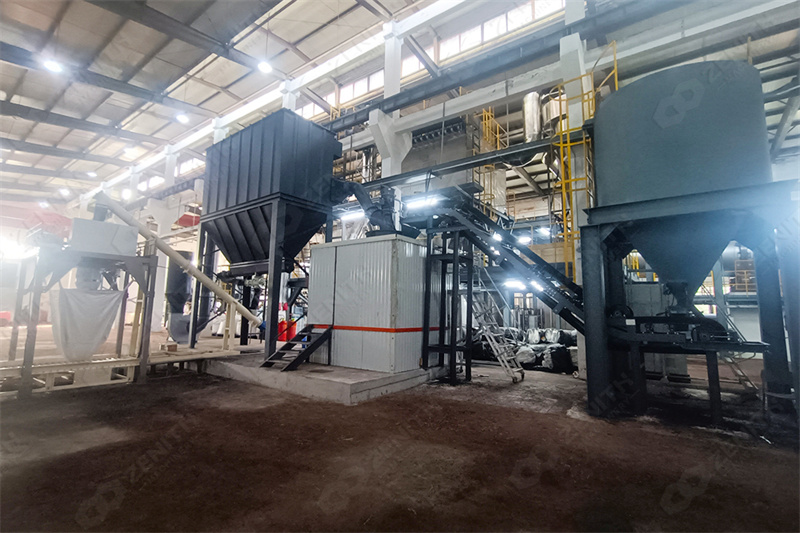
5. How to Access Incentives
ZENITH’s global service network assists customers with:
- Energy efficiency certification documentation
- Local incentive program navigation
- Performance verification testing
With operations in 170+ countries and 30+ overseas offices, our team understands regional policy nuances and can maximize your benefits.
6. Future Policy Trends
Emerging regulations will likely:
- Expand coverage to smaller industrial facilities
- Introduce stricter efficiency benchmarks
- Link incentives to digital monitoring capabilities
ZENITH’s IoT-ready mills position customers for compliance with upcoming requirements.
Conclusion
Government incentives significantly improve the economics of upgrading to energy-efficient grinding mills. ZENITH’s XZM Ultrafine Mill and MTW Trapezium Mill represent technically advanced solutions that qualify for these programs while delivering operational benefits. Our global team stands ready to help customers navigate the policy landscape and optimize their grinding operations.


